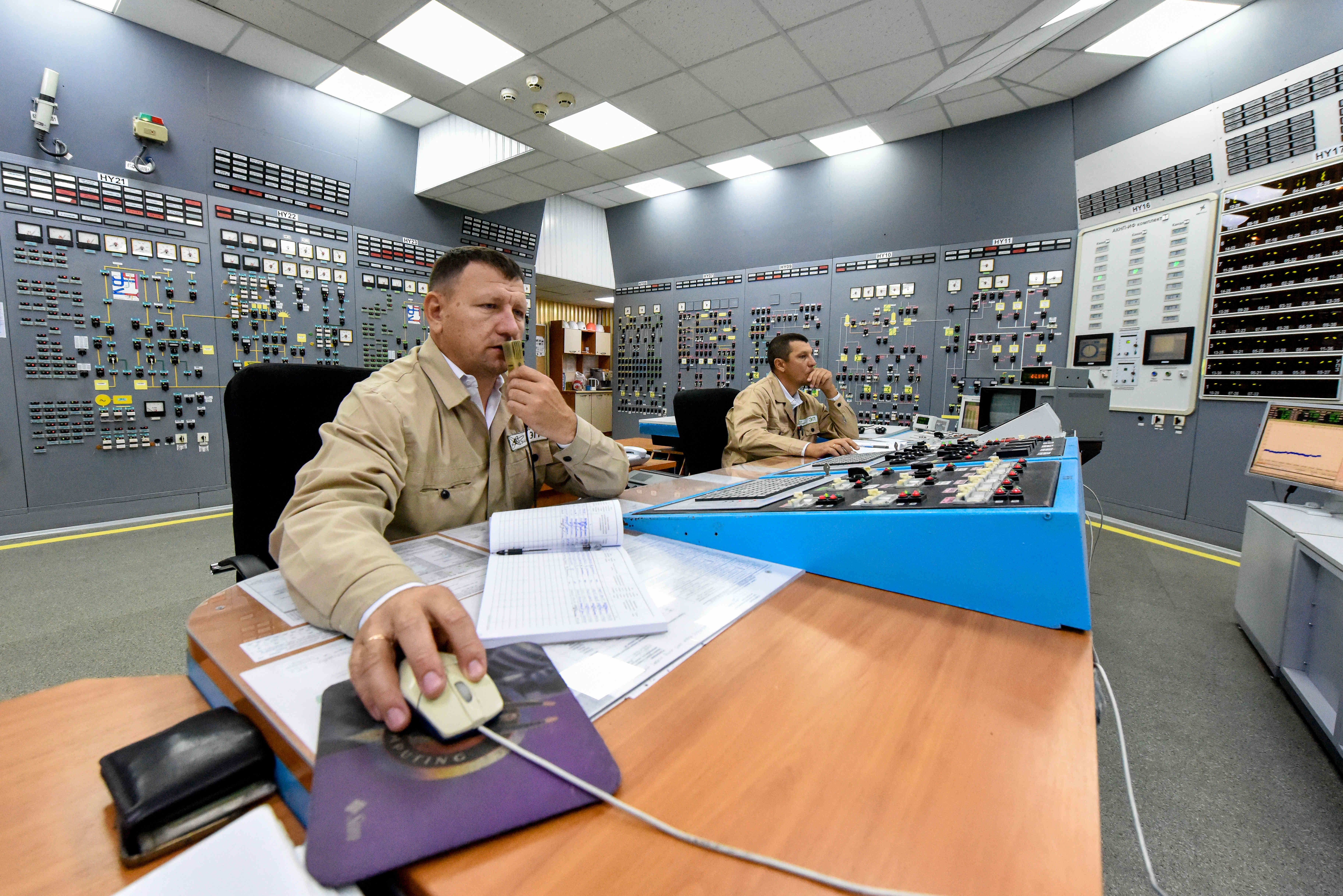Synchronisation of Ukraine's and Moldova's Grids with the European Electricity System
Ukraine and Moldova synchronised their electricity grids with the Continental Europe Synchronous Area (CESA) on 16 March. This will increase the stability of their power systems and eliminate dependence on Russia. Synchronisation with Ukraine will not affect the operation of the Polish system.
 Dmytro Smolyenko/Zuma Press/Forum
Dmytro Smolyenko/Zuma Press/Forum
What is a synchronous area and synchronisation?
In a synchronous area, all components of the power grid operate at the same frequency as one system, which increases their resistance to local failures. Most countries in continental Europe, including Poland (a total of about 400 million customers), are located in the Continental Europe Synchronous Area (CESA), and national system operators are associated in the ENTSO-E (European Network of Transmission System Operators), based in Brussels. Ukraine and Moldova were synchronised with the IPS/UPS (Integrated Power System/Unified Power System of Russia), a system covering most post-Soviet states and headquartered in Moscow. The lack of synchronisation with a given area does not rule out energy trading, but this requires asynchronous connections or the creation of “energy islands”. In the case of Ukraine, this took place mainly through the Burshtyn Energy Island, an area in the west of the country separated from the rest of the Ukrainian system and connected to Slovakia, Hungary, and Romania.
How did the synchronisation of the Moldovan and Ukrainian systems with CESA take place?
The synchronisation of Ukraine and Moldova with CESA was initiated in 2017 with the signing of an agreement with ENTSO-E. It set out a number of requirements to be met, such as certification of system operators according to European standards and modernisation of software and hardware for dispatch control. The process was planned for five years. Then, in 2022, Ukraine and Moldova were to jointly conduct what is called an “island” test. This involves disconnection from neighbouring areas—CESA and IPS/UPS—to verify the stability of the power system in operation. The island test started as planned on 24 February, the day of Russia’s invasion of Ukraine, and was completed successfully. Therefore, on 28 February, Ukraine and Moldova applied for emergency synchronisation with CESA, which was granted, and synchronisation took place on 16 March, about a year ahead of schedule.
What is the state of the Ukrainian and Moldovan electricity systems?
Until the outbreak of the war, the main problems in the Ukrainian energy sector included the excessive influence of oligarchs on energy policy and energy subsidies for individual consumers at the expense of nuclear power plant modernisation and outdated transmission infrastructure. The Russian invasion has disturbed the functioning of the Ukrainian system, as transmission networks and power plants have been targeted by Russian shelling, and almost one million consumers are now without electricity. The Zaporizhzhia Nuclear Power Plant, for example, had to reduce output and was eventually taken over by the Russians. In the case of Moldova, the biggest problem is the dependence on the Kuchurgan power plant in Russian-controlled Transnistria. However, the island test showed the ability to keep the systems running at a constant 50 Hz.
What are the consequences of Moldova and Ukraine synchronising with CESA?
The main purpose of emergency synchronisation is to support the Ukrainian electricity system during the conflict with Russia. Due to the Russian military activities, the system is exposed to numerous failures. As they occur, thanks to synchronisation, the power plants located in CESA will automatically take on more load. This will allow the problem to be solved and will reduce the risk to the stability of the Ukrainian system. Moldova, in turn, now has increased resilience to possible power plant failures in Transnistria, which it does not control. The other CESA countries, as Ukraine and Moldova join them, will in turn have to maintain smaller power reserves, which will reduce their costs.
Synchronisation will not significantly affect the operation of the Polish system. It will take place mainly via connections with Romania and with Hungary and Slovakia, as the only operational line to Poland does not connect the systems, rather only separate blocks of the Dobrotvir power plant in Ukraine tie into the Polish system. The other potential connection, between Rzeszów and the Khmelnytskyi Nuclear Power Plant in Ukraine, has not been operational since 1993 and restarting it would require additional investment.





